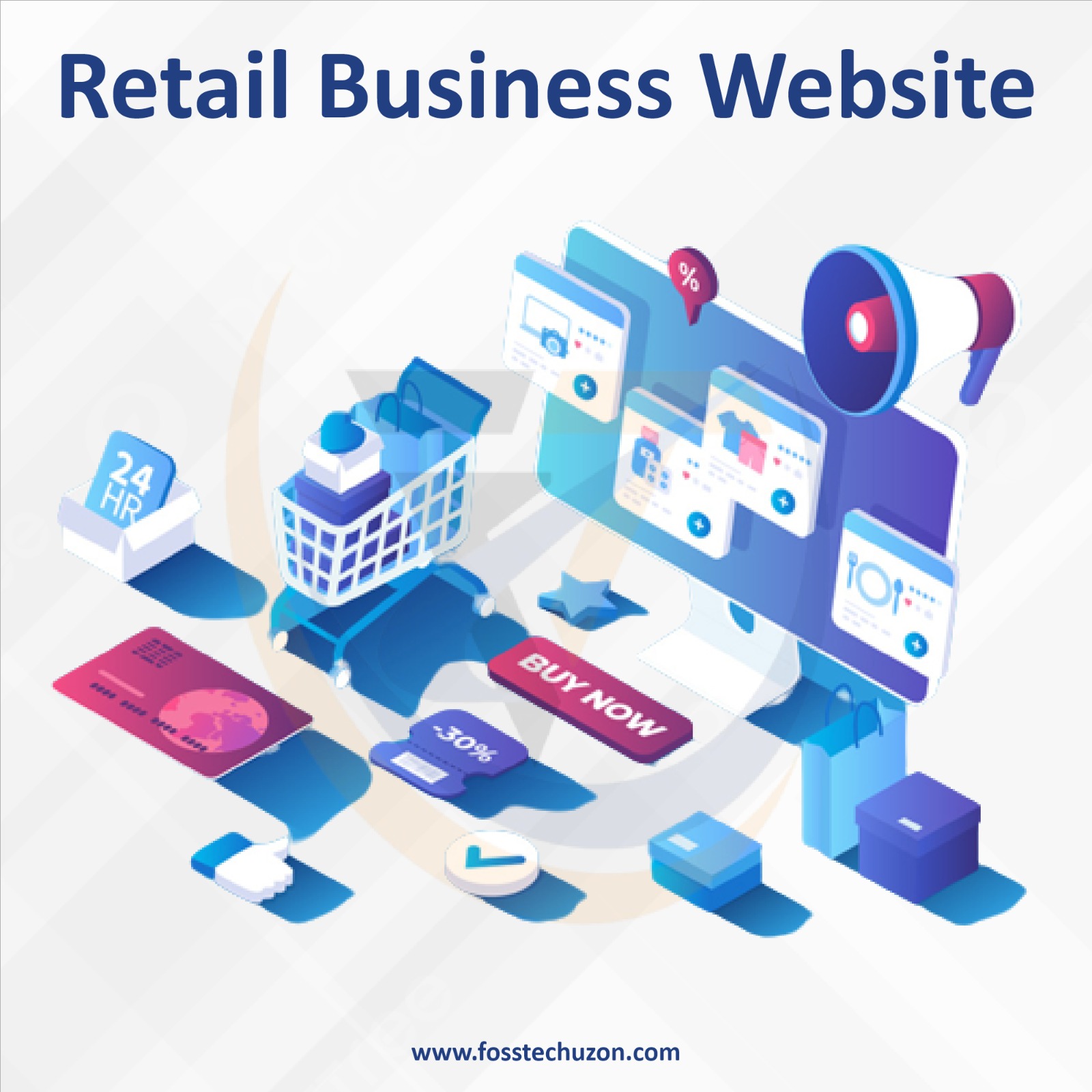Designing a retail website requires careful consideration of various elements to create an engaging, user-friendly, and visually appealing online shopping experience. Here is a description of the key aspects to consider when designing a retail website:
-
Responsive Design: The website should be responsive, meaning it adapts seamlessly to different screen sizes and devices, including smartphones, tablets, and desktops. This ensures a consistent user experience across all platforms.
-
Clean and Intuitive Navigation: Use a clear and well-structured menu system that helps users easily find the products or categories they are looking for. Consider drop-down menus, filters, and a search bar for efficient navigation.
-
High-Quality Imagery: Showcase your products with high-resolution images from various angles. Use professional photography to make products look appealing. Include zoom and hover-over features for a closer look.
-
Product Descriptions: Provide detailed and accurate product descriptions, including specifications, sizes, colors, and pricing information. Use persuasive language to entice potential buyers.
-
User-Friendly Shopping Cart: Make it easy for customers to add items to their cart, review their selections, and proceed to checkout. Display the cart icon prominently and update it in real-time.
-
Seamless Checkout Process: Streamline the checkout process as much as possible. Minimize the number of steps required to complete a purchase, and offer guest checkout options. Provide clear instructions and options for payment and shipping.
-
Security and Trust: Implement SSL encryption and display trust badges to assure customers that their personal and payment information is secure. Include a privacy policy and terms of service pages.
-
Search Functionality: Implement a robust search feature that helps users find products quickly. Include auto-suggestions and filters to refine search results.
-
Product Reviews and Ratings: Allow customers to leave reviews and ratings for products. These user-generated content can build trust and help other shoppers make informed decisions.
-
Promotions and Discounts: Highlight ongoing promotions, discounts, and special offers on the homepage and product pages. Use banners and pop-ups to grab attention.
-
Social Media Integration: Include social media sharing buttons to encourage customers to share their purchases and experiences. Also, display your social media feeds to keep customers engaged with your brand.
-
Responsive Customer Support: Provide multiple channels for customer support, such as live chat, email, and a phone number. Ensure prompt responses to inquiries and issues.
-
Mobile-Friendly Menus: Optimize the navigation menus for mobile devices. Use a hamburger menu or collapsible navigation to save screen space.
-
Loading Speed: Optimize website loading speed by compressing images, using efficient coding practices, and utilizing content delivery networks (CDNs) for faster page rendering.
-
Aesthetics and Branding: Maintain a consistent visual identity that reflects your brand's personality. Use a pleasing color scheme, typography, and graphics that resonate with your target audience.
-
Cross-Selling and Upselling: Recommend related products or accessories on product pages to encourage additional purchases. Showcase featured products or bestsellers on the homepage.
-
User Account Management: Allow users to create accounts to save their preferences, view order history, and track shipments.
-
Accessibility: Ensure that the website is accessible to all users, including those with disabilities. Follow WCAG guidelines for accessibility compliance.
-
Analytics and Testing: Implement web analytics tools to track user behavior and make data-driven improvements. Conduct A/B testing to refine design and content elements.
-
Legal Compliance: Comply with relevant e-commerce regulations, including GDPR for data protection and e-commerce laws in your region.
Designing a successful retail website is an ongoing process. Regularly gather user feedback, monitor analytics, and make updates to improve the user experience and drive conversions.
